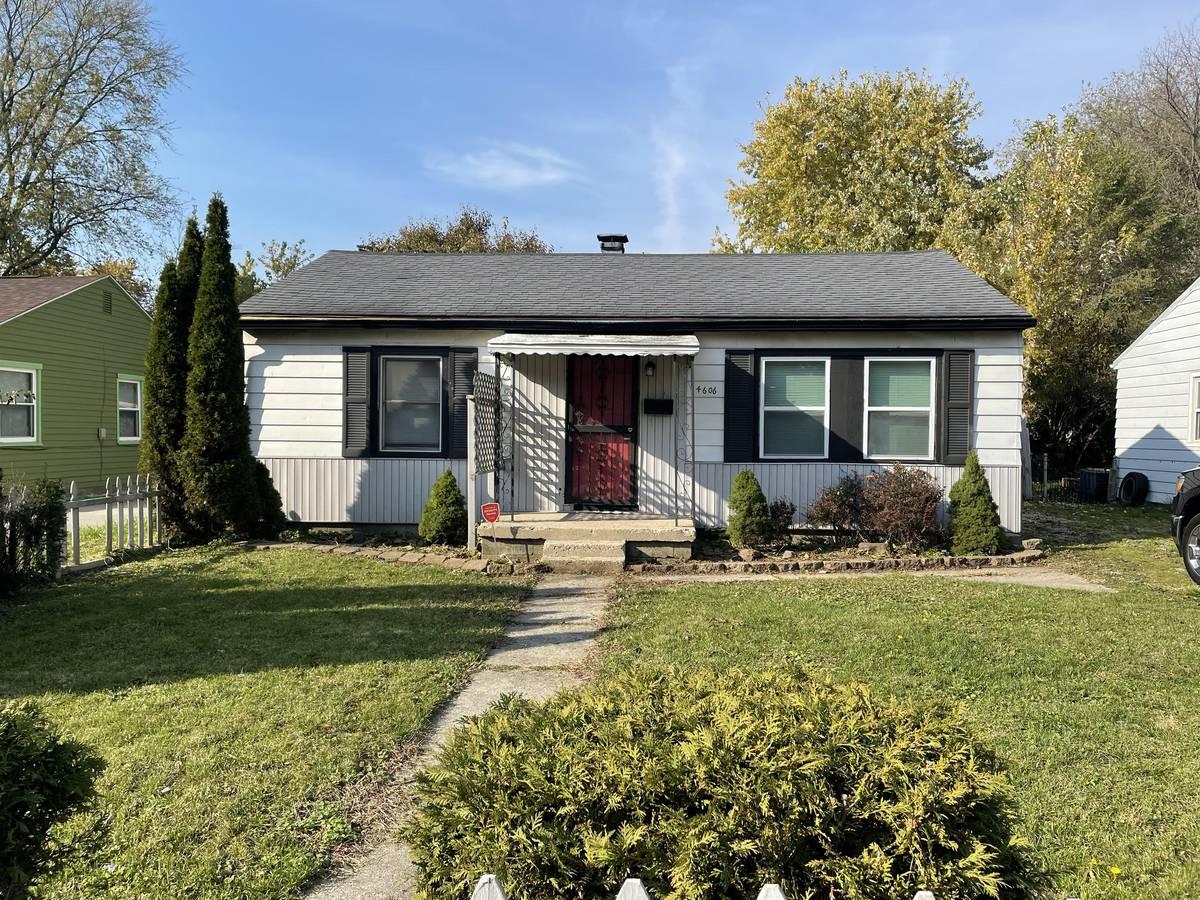In the dynamic landscape of real estate, property owners and investors are continually seeking new avenues to maximize returns. One such avenue that has gained significant traction in the last year is mid-term rentals. While short-term rentals and long-term leases have traditionally dominated the market, mid-term rentals offer a unique blend of profitability and stability that makes them a lucrative choice for savvy property owners.
- Flexible Rental Periods: Unlike traditional long-term leases, mid-term rentals provide a middle ground by offering flexible rental periods typically ranging from one to six months. This flexibility attracts a diverse tenant base, including business professionals on short-term assignments, students, and individuals in transitional phases. The ability to accommodate different rental durations longer than short-term rentals ensures a steady stream of tenants throughout the year.
- Higher Rental Rates: Mid-term rentals often allow property owners to command higher rental rates compared to long-term leases. This premium pricing is justified by the convenience and flexibility offered to tenants. Businesses looking to house employees on short-term assignments are often willing to pay more for fully furnished, turnkey solutions that mid-term rentals can provide.
- Reduced Vacancy Rates: Vacancy periods can be a significant concern for property owners, impacting overall profitability. Mid-term rentals, with their shorter lease durations, are less susceptible to extended vacancies compared to short-term rentals. The turnover is higher, resulting in a quicker replacement of tenants and a more consistent flow of rental income.
- Adaptability to Market Changes: The real estate market is subject to fluctuations, and mid-term rentals provide a level of adaptability that short-term rentals may lack. Property owners can adjust rental rates more frequently, aligning them with market trends and demand. This agility ensures that owners can capitalize on changing market conditions to optimize their returns.
- Targeting Niche Markets: Mid-term rentals open doors to niche markets that might be overlooked in traditional leasing models. For example, medical professionals attending short-term training programs, families in the process of relocation, or individuals undergoing home renovations are all potential tenants seeking the flexibility that mid-term rentals offer.
- Minimal Wear and Tear: Unlike short-term rentals that may experience higher turnover and potentially more wear and tear, mid-term rentals strike a balance. With tenants staying for more extended periods, the property experiences less frequent turnover, resulting in reduced maintenance costs and a more sustainable income model.
- Legal and Regulatory Advantages: In some regions, mid-term rentals may face fewer legal and regulatory challenges compared to short-term rentals, which are often subject to stricter regulations. This can simplify property management, reduce administrative burdens, and contribute to a more stable and profitable investment.
In the evolving landscape of real estate investment, mid-term rentals emerge as a compelling option for those seeking a balance between short-term rental gains and long-term stability.
The flexibility, higher rental rates, reduced vacancies, and adaptability to market changes position mid-term rentals as a savvy choice for property owners looking to unlock untapped profitability in the rental market compared to short-term rentals. As the real estate industry continues to evolve, mid-term rentals stand out as a strategic and profitable investment option.
If you want to diversify your portfolio beyond short-term rentals and earn an average of 2.5x more on a single-family home, become a PadSplit Host today.


